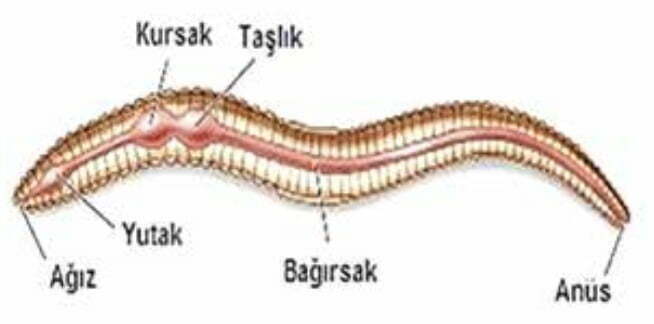Another area where earthworms are used is “medicine”. Extracts from earthworms have been used in Chinese medicine since 2300.
In Chinese medicine books named “Qianjinfang”, “Danxifang”, “Jixiaofang” and “Bencagangmu”, it is stated that extracts obtained from worms have antipyretic, antihistamine and anesthetic effects in diseases such as asthma, hypertension, arthritis, allergies, burns and acne. Recent advances in modern medicine have proven the medicinal effects of earthworms. It is possible to come across academic studies that show that worms have various therapeutic properties on mumps, schizophrenia, leg ulcers, eczema, chronic prostate, fracture, cancer, blood and respiratory systems. Earthworms are also a potential market as feed for fisheries, pet bird breeding, frog and chicken farms.

Worms are classified into 3 ecological categories based on their lifestyle and location. Epigeic (fertilizer), endogenic (soil-feeding) and anecic (diggers) species.
Although there are generally 5000 or more species of worms, only a few of them can be used in vermicompost production. These types of worms can generally consume various animal and vegetable wastes without any problems and may even consume as much waste as their own weight on a daily basis. If the living conditions of worms are made suitable, the number of worms will approximately double every 45 days and their population can increase exponentially.




